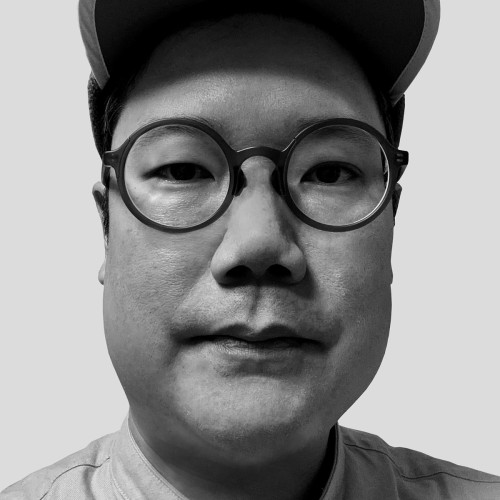Chris Lee
Typography as Racialization: Euro-American Craft and Asian Labor
This talk presents research on the development of a “chop suey” typeface called “1882–1982–2019,” arguing that this ostensibly “Asian” genre of typography is, in fact, preeminently American. It explores typography’s capacity to narrate historical phenomena and challenges the notion that typography, as a craft and technology, is value-neutral.
Building on Benedict Anderson’s concept of the “Imagined Community,” which links typography, printing, and nation-building, this project examines typography’s corollary role in the process of “racialization” as defined by race scholars Michael Omi and Howard Winant. The aim is to understand typography’s participation in nation-building and its implications for emerging, yet persistent ideas about labor and progress.
Through a type design derived from historical illustrations, advertising sources, and AI-generated forms, “1882–1982–2019” traces how “chop suey” fonts have contributed to settler-colonialism, the construction of “the West,” and the normative, occidental boundaries of typography. The project highlights how the history of anti-Chinese and broader anti-Asian sentiment over the past 150 years has influenced assumptions about validity, correctness, and progress in typography, graphic design, and labor today.
About Chris Lee

Chris Lee is a graphic designer and educator based in Lenapehoking (Brooklyn, NY), where he is an Assistant Professor at the Pratt Institute in the Undergraduate Communications Design Department. He graduated from OCADU (Toronto) and the Sandberg Instituut (Amsterdam), and has worked for The Walrus Magazine, C Magazine, Metahaven and Bruce Mau Design. He was also the designer and an editorial board member of the journal Scapegoat: Architecture/Landscape/Political Economy. Chris is the author of Immutable: Designing History, which explores graphic design’s entanglements with the development and perpetuation of capitalism and colonialism. It is published by Onomatopee/Library Stack.



















![Black [Foundry]](https://2024.typographics.com/images/uploads/sponsors/Black_Foundry-logo.svg)




































